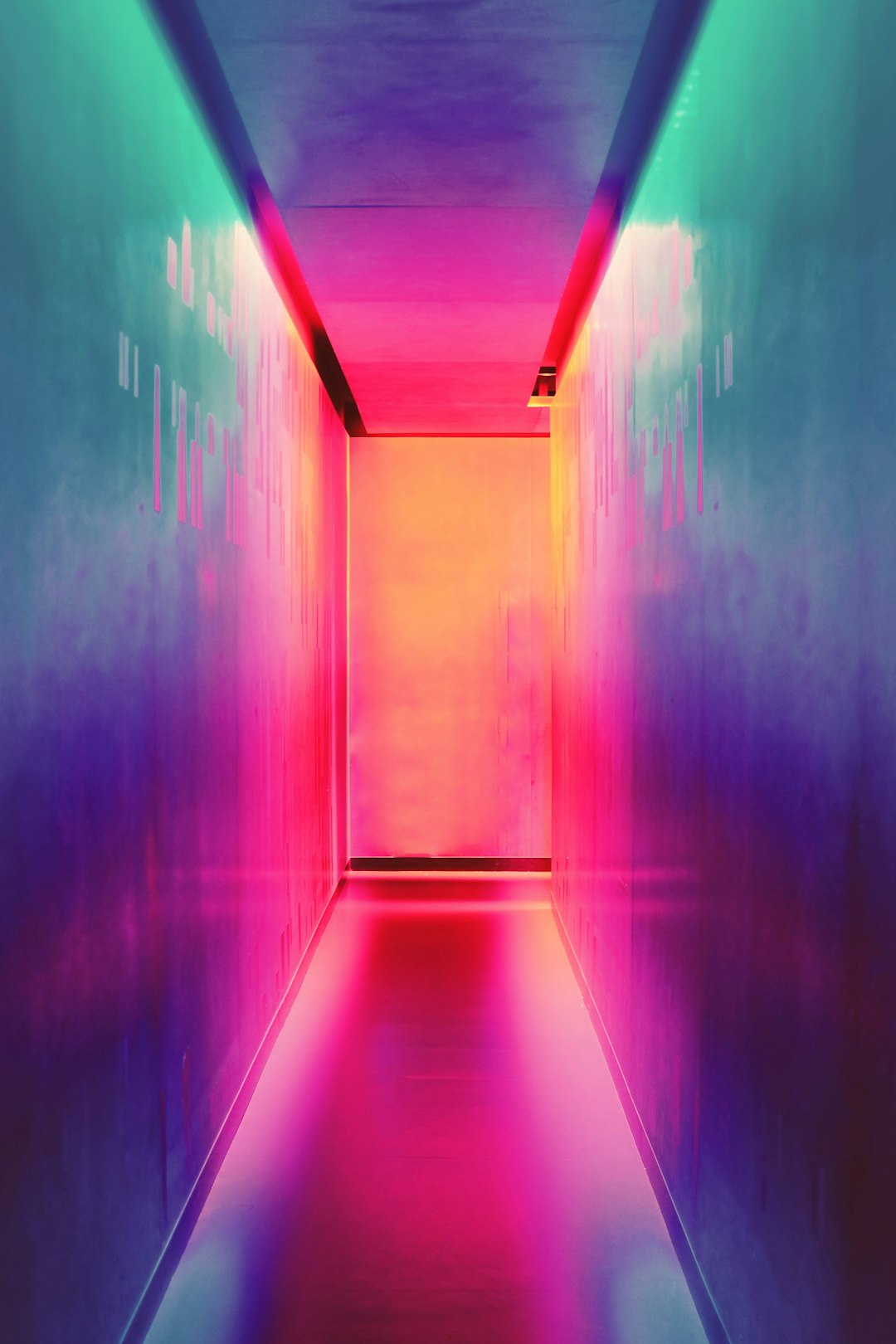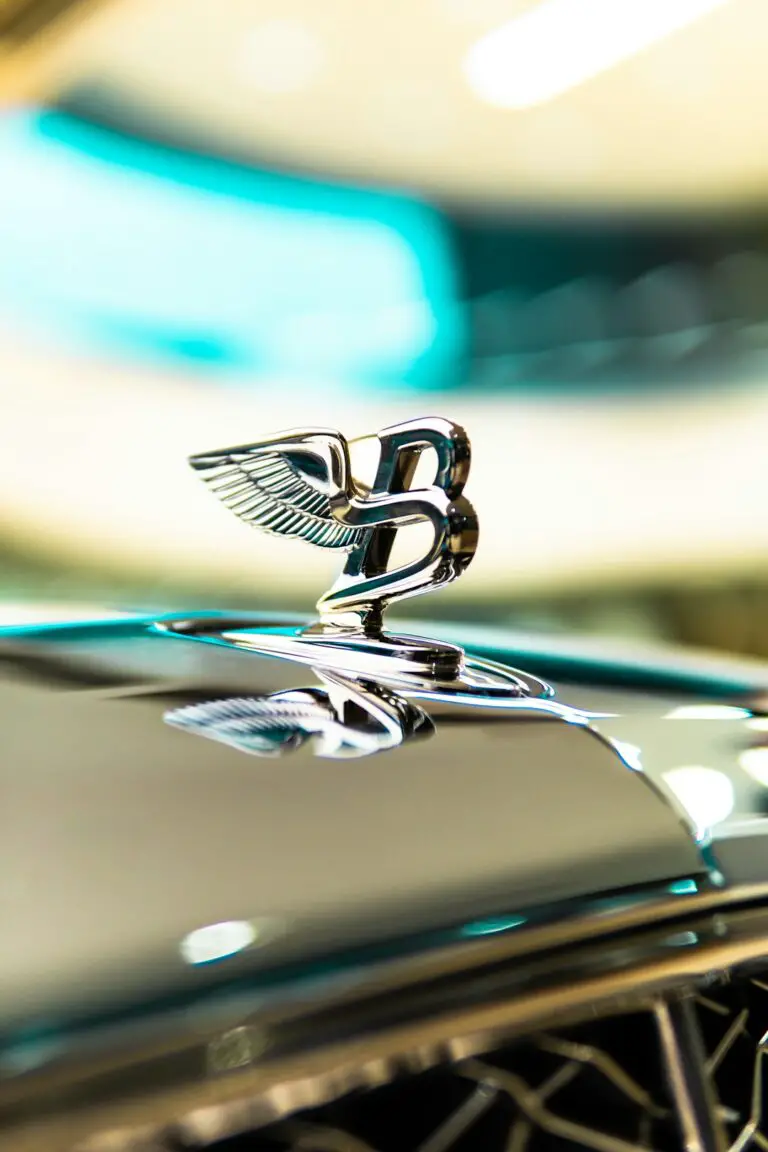Support our educational content for free when you purchase through links on our site. Learn more
What Color of Car Gets Hit the Most? [2024] 🚗💥
Have you ever wondered if the color of your car affects your chances of getting into an accident? It’s a question that has sparked much debate among car enthusiasts and safety experts alike. In this article, we’ll delve into the topic and explore the relationship between car color and crash risk. So buckle up and let’s dive in!
Quick Answer
While there isn’t a definitive answer to which color of car gets hit the most, studies have shown that certain colors may have a higher crash risk than others. According to research, black cars have a 12% increase in crash risk during the day and a staggering 47% higher likelihood of accidents at night. Grey and silver cars also rank high on the list of risky colors. On the other hand, orange and yellow cars are considered safer choices due to their high visibility. However, it’s important to note that crash risk is influenced by various factors, and the color of your car is just one piece of the puzzle.
Quick Tips and Facts
Before we delve deeper into the topic, here are some quick tips and facts to keep in mind:
✅ Black cars have a 12% increase in crash risk during the day and a 47% higher likelihood of accidents at night.
✅ Grey and silver cars are also associated with a higher crash risk.
✅ Orange and yellow cars are considered safer choices due to their high visibility.
✅ Crash risk is influenced by various factors, including driver behavior, road conditions, and weather.
✅ Distracted driving, drunk driving, and aggressive driving behaviors contribute significantly to accidents.
✅ The color of your car is just one factor among many that can impact crash risk.
Now that we’ve covered the basics, let’s take a closer look at the background and delve into the factors that contribute to crash risk.
The Relationship Between Car Color and Crash Risk
The Riskiest Colors
When it comes to crash risk, black cars take the top spot. Studies have shown that black vehicles have a 12% increase in crash risk during the day and a staggering 47% higher likelihood of accidents at night. The dark color makes black cars difficult to see, especially in low-light conditions. This reduced visibility can increase the chances of collisions, particularly at night.
Grey and silver cars also rank high on the list of risky colors. Grey cars have an approximately 11% increase in crash risk, while silver cars have been associated with a 10% increase in some studies. However, it’s worth noting that one study found silver cars to be 50% less likely to be involved in accidents compared to yellow cars.
The Safer Choices
On the other end of the spectrum, orange and yellow cars are considered safer choices due to their high visibility. Orange cars, in particular, are known for their vibrant color, making them stand out on the road. Yellow cars, on the other hand, have been associated with the lowest crash risk among all colors.
White cars, which account for 20% of all annual car sales, are also considered relatively safe. They are involved in fewer crashes compared to other colors. However, studies suggest that police stop white cars more frequently than red ones, which may contribute to the perception that white cars are involved in more accidents.
Other Factors Impacting Crash Risk
While the color of your car can influence crash risk to some extent, it’s important to remember that it’s just one piece of the puzzle. Various other factors can impact the likelihood of accidents, including:
- Distracted driving: It contributes to 25% of fatal accidents and is a significant risk factor on the road.
- Drunk driving: One-third of all fatal accidents are caused by drunk driving, making it a major concern.
- Fatigued driving: Driving while fatigued can be as dangerous as driving under the influence of alcohol.
- Aggressive driving behaviors: Speeding, tailgating, and other aggressive behaviors significantly increase the risk of accidents.
- Hazardous weather, traffic, and road conditions: These factors can also contribute to an increased likelihood of accidents.
It’s crucial to prioritize safe driving practices, regardless of the color of your car. Being attentive, following traffic rules, and maintaining your vehicle properly are essential for reducing crash risk.
FAQ

What color car gets hit the least?
While certain colors like orange and yellow are considered safer choices due to their high visibility, it’s challenging to determine which color car gets hit the least. Crash risk is influenced by various factors, and the color of your car is just one piece of the puzzle.
Read more about “What Car Do Cops Pull Over the Least? … 🚨”
What car color gets in the most accidents?
According to studies, black cars have a higher crash risk compared to other colors. They have a 12% increase in crash risk during the day and a staggering 47% higher likelihood of accidents at night. Grey and silver cars also rank high on the list of colors associated with a higher crash risk.
Read more about “Most Pulled Over Car Color: What You Need to Know … 🚓”
What is the safest color for a vehicle?
While no color guarantees complete safety on the road, orange and yellow cars are considered safer choices due to their high visibility. These vibrant colors make it easier for other drivers to spot your vehicle, reducing the chances of accidents.
Read more about “Vehicle Model Example … 🚗”
What color car do deer hit most?
Deer are known to be attracted to certain colors, particularly shades of brown and tan. However, it’s important to note that deer accidents can happen with any color of car. To reduce the risk of deer collisions, it’s advisable to drive cautiously in areas known for deer populations and be vigilant, especially during dawn and dusk when deer are most active.
Conclusion

While the color of your car can influence crash risk to some extent, it’s important to remember that it’s just one factor among many. Black, grey, and silver cars have been associated with a higher crash risk, while orange, yellow, and white cars are considered safer choices. However, crash risk is influenced by various factors, including driver behavior, road conditions, and weather. Prioritizing safe driving practices and being attentive on the road are crucial for reducing the likelihood of accidents.
Remember, no matter the color of your car, safe driving is always in style! Stay alert, follow traffic rules, and maintain your vehicle properly. By doing so, you’ll be taking proactive steps to ensure your safety and the safety of others on the road.
Recommended Links
- Car Brand Comparisons
- Car Brand Lists
- Car Brand Market Shares
- Car Brand Reviews
- Auto Industry News
- What Car Gets the Most Amount of Tickets? 2024 🚗🎫




